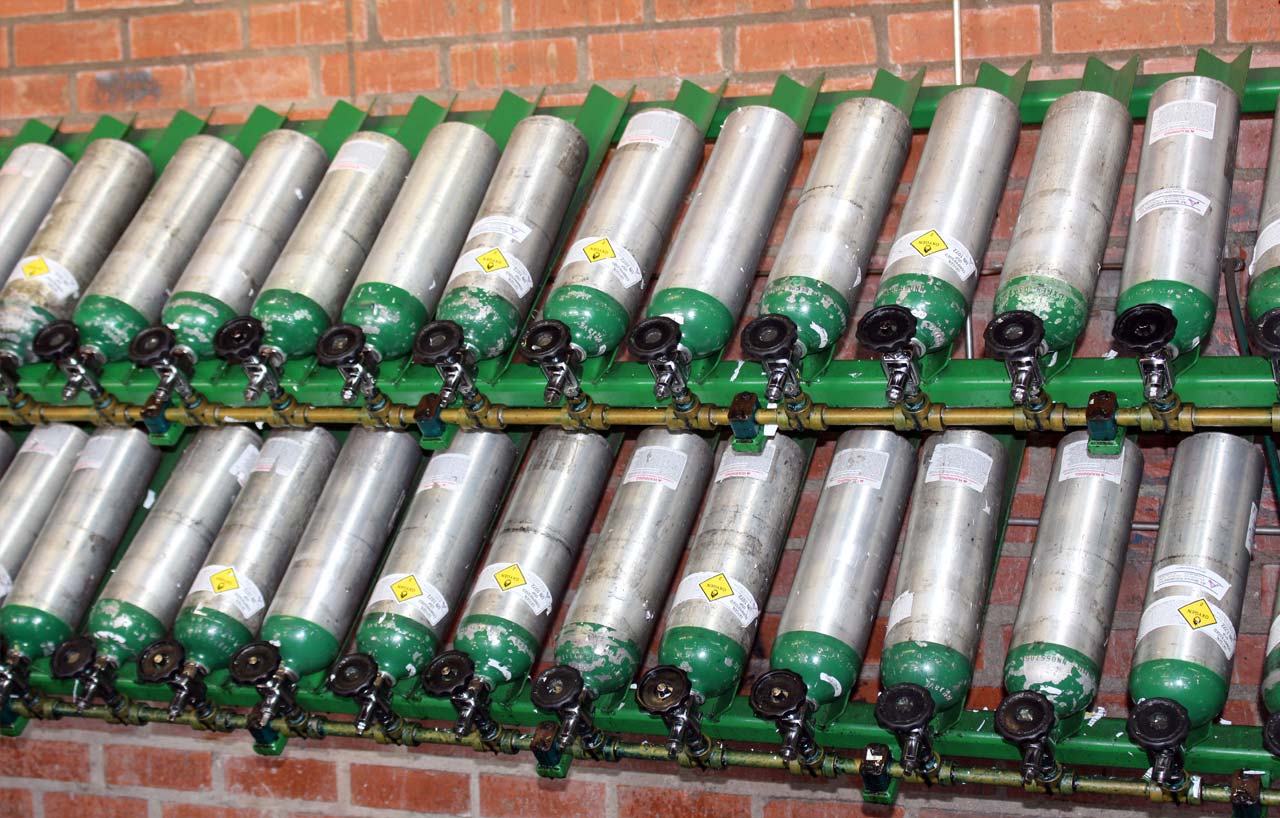Medical Oxygen: Essential Support for Respiratory Conditions
Medical Oxygen: Essential Support for Respiratory Conditions
Blog Article

For individuals facing respiratory challenges, medical oxygen is often a lifeline. It plays a crucial role in managing various respiratory conditions, from chronic illnesses to acute emergencies. This article explores the importance of medical oxygen, its uses, delivery methods, and safety considerations, highlighting its essential role in supporting respiratory health.
What is Medical Oxygen?
Medical oxygen is a high-purity form of oxygen specifically produced for human use in healthcare settings. It is a vital medication, classified as a drug, and must meet stringent quality standards. Unlike industrial oxygen, medical oxygen is rigorously purified to remove contaminants that could be harmful to patients.
Why is Medical Oxygen Important?
Oxygen is essential for human life. Our bodies rely on a constant supply of oxygen to function properly. Individuals with respiratory conditions may have difficulty getting enough oxygen into their bloodstream, leading to a range of symptoms, including shortness of breath, fatigue, and confusion. Medical oxygen therapy supplements the body's oxygen levels, alleviating these symptoms and improving overall health.
Uses of Medical Oxygen:
Medical oxygen is used to treat a wide range of respiratory conditions, including:
Chronic Obstructive Pulmonary Disease (COPD): COPD, encompassing conditions like emphysema and chronic bronchitis, damages the lungs, making it difficult to breathe. Oxygen therapy is a cornerstone of COPD management.
Pneumonia: This lung infection inflames the air sacs, hindering oxygen intake. Supplemental oxygen is often necessary during pneumonia treatment.
Asthma: During an asthma attack, the airways narrow, restricting airflow. Oxygen therapy can help stabilize patients during severe asthma exacerbations.
Cystic Fibrosis: This genetic disorder causes thick mucus to build up in the lungs, obstructing airflow and leading to chronic respiratory infections. Oxygen therapy can help manage breathing difficulties.
Pulmonary Fibrosis: This condition causes scarring of the lung tissue, making it stiff and less elastic. Oxygen therapy can improve breathing and quality of life.
Sleep Apnea: Some individuals with sleep apnea experience low oxygen levels during sleep. Oxygen therapy can be used in conjunction with CPAP or BiPAP therapy.
Respiratory Distress Syndrome (RDS) in infants: Premature infants may have underdeveloped lungs, leading to RDS. Medical oxygen is crucial for supporting their breathing.
Emergency Situations: Medical oxygen is a vital part of emergency care for various conditions, including trauma, heart failure, and shock.
Methods of Oxygen Delivery:
Medical oxygen can be delivered through several methods, depending on the patient's needs and condition:
Nasal Cannula: This is a common method, delivering oxygen through two small prongs that rest in the nostrils.
Oxygen Mask: Masks cover the nose and mouth, providing a higher concentration of oxygen than a nasal cannula. Different types of masks are available for varying oxygen flow rates.
Non-Invasive Ventilation (NIV): NIV, such as CPAP or BiPAP, uses a mask to deliver pressurized air, helping to keep the airways open and improving oxygenation.
Mechanical Ventilation: In severe cases, a ventilator may be used to breathe for the patient. This involves inserting a breathing tube into the trachea.
Safety Considerations for Medical Oxygen:
Medical oxygen is a medication and should be used only under the supervision of a healthcare professional. Safety precautions are essential to prevent accidents:
Fire Hazard: Oxygen supports combustion. Keep oxygen equipment away from open flames, sparks, and heat sources. No smoking is allowed near oxygen.
Proper Storage: Oxygen cylinders should be stored in a well-ventilated area, away from extreme temperatures and flammable materials. Secure cylinders to prevent them from falling over.
Equipment Maintenance: Regularly inspect oxygen equipment for damage or leaks. Ensure that tubing and masks are clean and properly fitted.
Prescription and Dosage: Use medical oxygen only as prescribed by your doctor. Do not adjust the flow rate without consulting your healthcare provider.
Education: Patients and caregivers should receive thorough education on the safe use and handling of medical oxygen equipment.
The Importance of Medical Supervision:
It is crucial to consult with a doctor or respiratory specialist before starting oxygen therapy. They will assess your condition, determine your oxygen needs, and prescribe the appropriate flow rate and delivery method. Regular follow-up appointments are essential to monitor your progress and adjust the therapy as needed.
Medical oxygen is an indispensable tool in the management of respiratory conditions. It provides essential support for individuals struggling to breathe, improving their quality of life and enabling them to live more active and fulfilling lives. By understanding the importance of medical oxygen, its uses, and safety considerations, both patients and caregivers can ensure its safe and effective use.